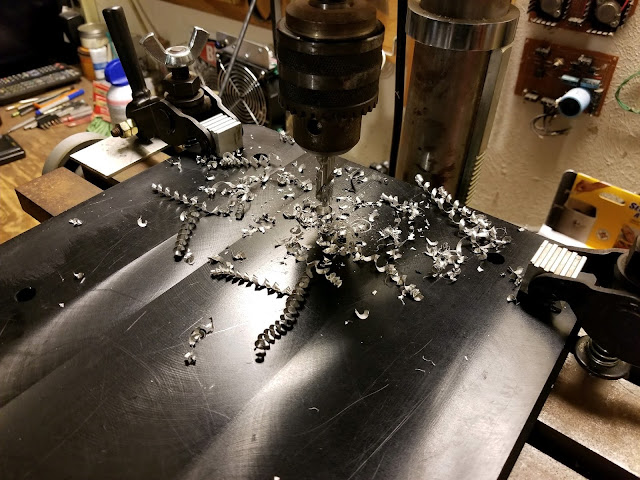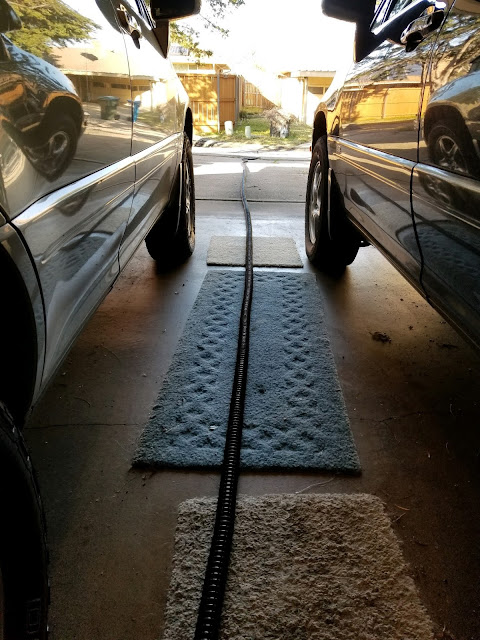WOPR was running up against the limits of the old operating system, Win-Duhz-7. I have started using a three dimensional CAD Software called FreeCAD. This is three dimensional design, and rendering software that you can use to first design a part, then assemble the parts, and look at them with three dimensional symmetry. This is awesome, really just what I want, design, and model three dimensional parts... Well, Win-Duhz-7 said no... No 3D for you.... OK, Win-Duhz-7... You're dumpster bait...
What I have done with WOPR over the last week is a lot more than just the operating system. WOPR was living in a salvage Dell Case, blech... and is in need of some hardware expansion. WOPR has plenty of disk space, but his drive is almost six years old. So, if we are going to install a new operating system, we are going to make a fresh install, on a fresh hard drive. The first upgrade was a Seagate Barracuda Hard Drive, 1 TB, with which we installed Win-Duhz-10. This is in anticipation of Win-Duhz-11 coming out this Fall, Football Season, Fork Yeah!
So, WOPR gets some new dudz like a Master Cooler Case, and a ThermalTake Power Supply. I found treasure as well. While I was inspecting the Mainboard, and cleaning off five years of filth I found a GPU Boost switch that I had not previously seen. Wut? Make Grfx go Fstr? Wut? Wut? OK... Very good for 3D Stuffz...
WOPRz processor is the AMD A10, twelve Core, 4.4 GHz, 64 Bit platform, and the Asus A88XM-Plus Mainboard with 64GB memory capacity are both supporting 3D graphics functions. WOPR is an Engineering System, with the Heart of a Gamer System. The Cooler Master Q300L Case is fairly compact, and fits in the corner of my desktop space well. Yet it includes many features that I want. Efficient Cooling, Air Filtering, and good cable management are all good features. It also has an acrylic plastic cover which lets you ogle the Hardwarez...WOPR is Re-Reincarnated...
























